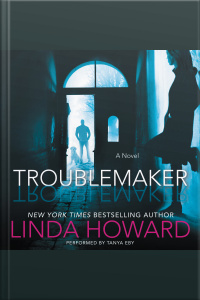Utilizamos cookies en nuestro sitio web, para ofrecerte una mejor experiencia. ¿Te gustaría saber más acerca de nuestra
Política de Privacidad ?
- Artes
- Self Development
- Health & Care
- Biographies
- Home
- Science
- Natural Sciences
- Human Sciences
- Classics
- Educational/Technical
- Enterprises & Businesses
- Erotic
- Esotericism
- Spirituality
- Sports
- Fiction
- Juvenile fiction
- Philosophy
- Free
- Games
- Gastronomy
- History & Geography
- Comics
- Comedy
- Children
- Legislations
- Literature
- Medicine
- Music
- Não Ficção Young Adult
- Non Fiction
- Non Juvenile Fiction
- Podcasts
- Policy
- Psychology
- Religion
- Saúde & Bem Estar
- Originals
- Young Adult
- Español
- Inglés
- Otros Idiomas































